Science news in brief: from leaping larvae to fluorescent sharks
And other news from around the world

Your support helps us to tell the story
From reproductive rights to climate change to Big Tech, The Independent is on the ground when the story is developing. Whether it's investigating the financials of Elon Musk's pro-Trump PAC or producing our latest documentary, 'The A Word', which shines a light on the American women fighting for reproductive rights, we know how important it is to parse out the facts from the messaging.
At such a critical moment in US history, we need reporters on the ground. Your donation allows us to keep sending journalists to speak to both sides of the story.
The Independent is trusted by Americans across the entire political spectrum. And unlike many other quality news outlets, we choose not to lock Americans out of our reporting and analysis with paywalls. We believe quality journalism should be available to everyone, paid for by those who can afford it.
Your support makes all the difference.‘You might put somebody’s eye out with that!’
Squeeze tightly on a watermelon seed between two of your fingers, and it’ll shoot out and fly through the air, as generations of delighted children have discovered.
The Chinese witch hazel plant does the same thing, a study has found.
Plants, like some animals, want to send their offspring far out into the wider world. After all, you might not want your baby seedlings crowding your soil or tangling your roots. Dandelions, for instance, cast their seeds floating in the wind to lawns up and down the street.
Other plants use ballistics.
Chinese witch hazel, native to western China, is a favourite of landscapers with its yellow blooms. “By coincidence, we had a twig of this plant in an office, and it started shooting the seeds,” said the study’s lead author Simon Poppinga, a researcher studying plant biomechanics at the University of Freiburg in Germany.
As the fruits of a witch hazel plant dried out, the German researchers discovered that the top part of a woody capsule around the seed split open. The middle part of the capsule constricted, as if it were squeezed by fingers, until the seed, about the size of a pumpkin seed, broke free and flew out at about 28mph.
“You hear the crack and then it shoots out,” said Thomas Speck, a botany professor at Freiburg. “The fascinating thing is there is no explosive mechanism. There’s this squeezing mechanism.”
Poppinga and Speck and their colleagues reported their findings in the Journal of the Royal Society Interface.
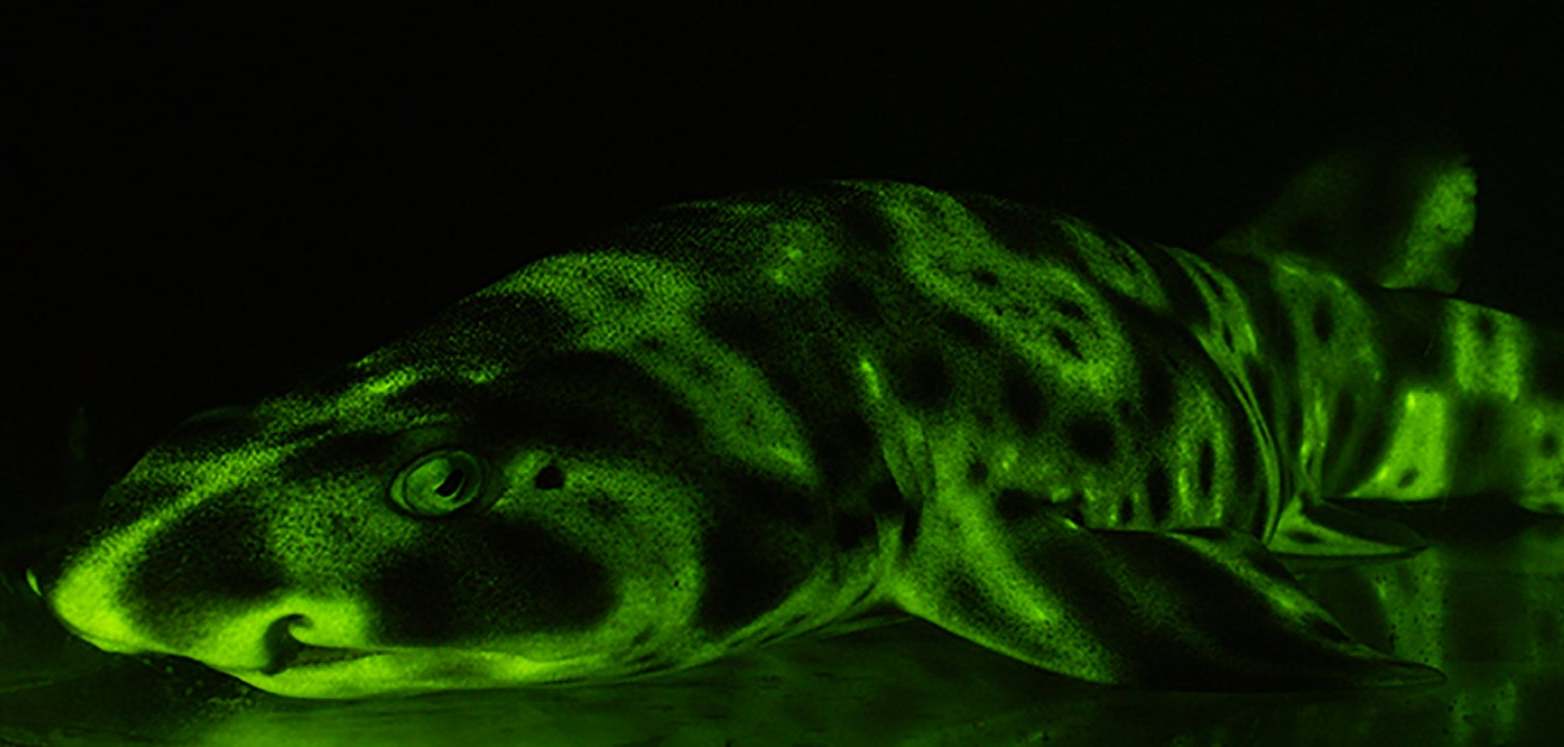
How sharks glow to each other deep in the ocean
Let us dive into the sea, beyond the colourful world of the sun. About 1,000 to 2,000ft down, we’ll arrive at a place where only blue beams in sunlight can penetrate. This is the home of the swell shark and chain catshark. Look at them with your human, land-ready eyes, and all you’ll see are a couple of unimpressive fish, spotted in shades of brown, beige and grey.
But peer through a blue filter, more like the way these sharks see each other, and behold beaming beauties robed in fluorescent green spots.
Scientists recently discovered that these sharks see the world totally differently than we do. They’re mostly colourblind, with eyes that can detect only the blue-green spectrum.
This means when the sharks appear to change colour in the blue water, they’re almost projecting a secret code to other sharks: one pattern male, the other female – come and get it. But just how they take blue light from their dull environment and transform it into a neon sign has been a mystery.
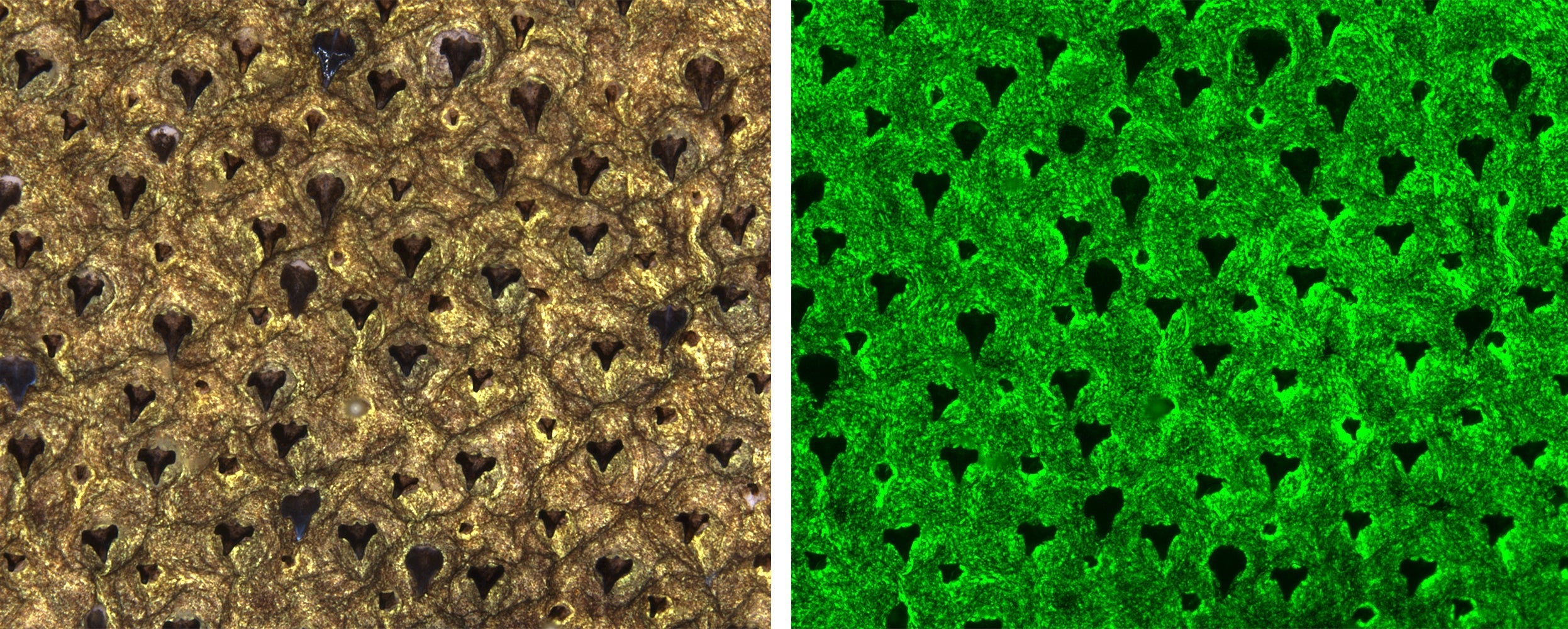
In a study published earlier this month in iScience, researchers reveal the secret behind this magical transformation: molecules inside their scales transform how shark skin interacts with light, bringing in blue photons, and sending out green.
This improved understanding of these sharks’ luminous illusions may lead to improvements in scientific imaging, as the study of biofluorescence in other marine life already has.
This phenomenon is widespread, and these sharks are among at least 200 marine species known to colour their dim oceanic world through biofluorescence. But the molecules these shark species use are nothing like the painting tools scientists know the others to use.
“I think this is just yet another amazing feature of shark skin that we didn’t already know about – just adding to their list of superpowers,” said study author David Gruber, a marine biologist at City University of New York.
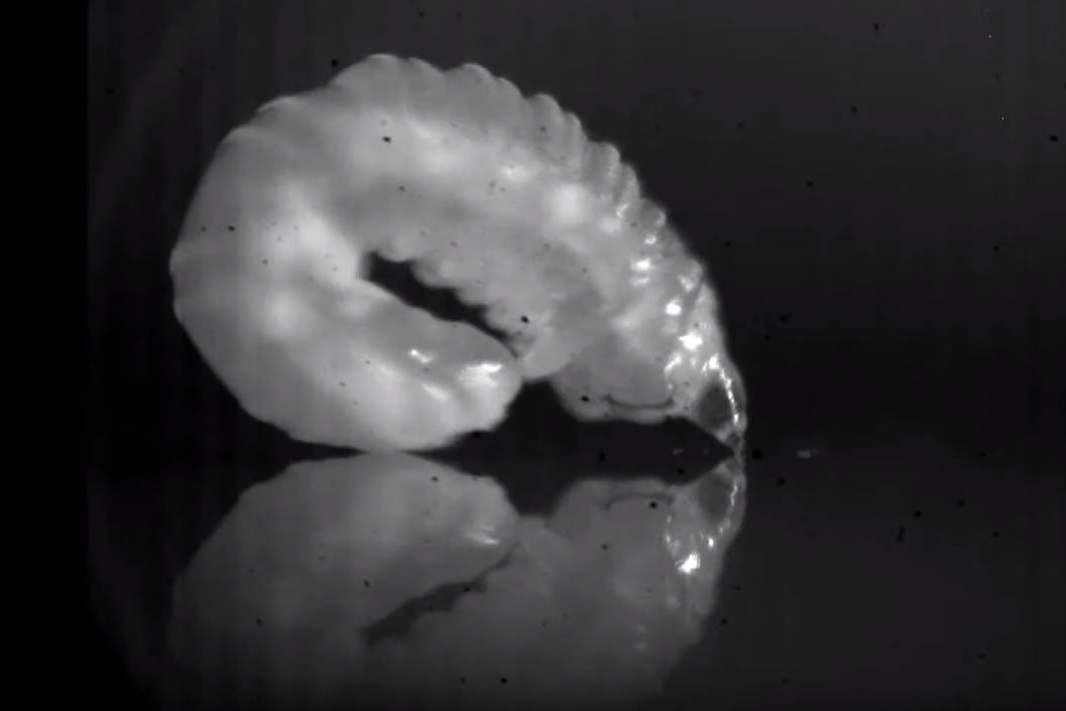
Legless, leaping larvae
Jump, little maggot, jump!
Squish your body into a loop, hook your front to your back, pump up the internal pressure and fling yourself skyward in an exhilarating, tumbling arc.
This lively leaper is the young, wriggly form of an insect called the gall midge. It is found in galls, or bumps on plants, not in rotting meat – so that’s a plus. And it’s so tiny, only a tenth of an inch long.
We knew the little fellows could jump, we being the scientific community that studies the quick and surprising movements of soft-bodied cylindrical insect larvae.
But only with a video camera recording at 20,000 frames per second, and the use of scanning electron microscopes, did researchers come up with a detailed analysis of just how the marvellous maggots move.
The fairly obvious part, which had been figured out, more or less, is that the larva bends its soft body into a springy loop and launches itself across distances up to 30 times its body length. But there are some surprises, a research team wrote in the Journal of Experimental Biology.
The larva uses two patches of microscopic hairs that bond to each other to form a latch that links its front and rear end together. And it forms kind of a temporary leg to aid its launch. When the latch is released, the maggot flies.
Sheila Patek, who heads a lab at Duke University that studies links between physics and evolution, led the team that studied the movements of gall midge larvae. She is known for work on other quick microscopic movements, like the jaws of the trap jaw ant or the hammer of the mantis shrimp.
Her lab doesn’t often find a new subject, she said, and the maggots were “really, really small, and really fast and hard to study”.
Patek said the research shows “what you can do with a tiny, worm-shaped body”, and noted that “engineers are extremely interested in soft robotics”.
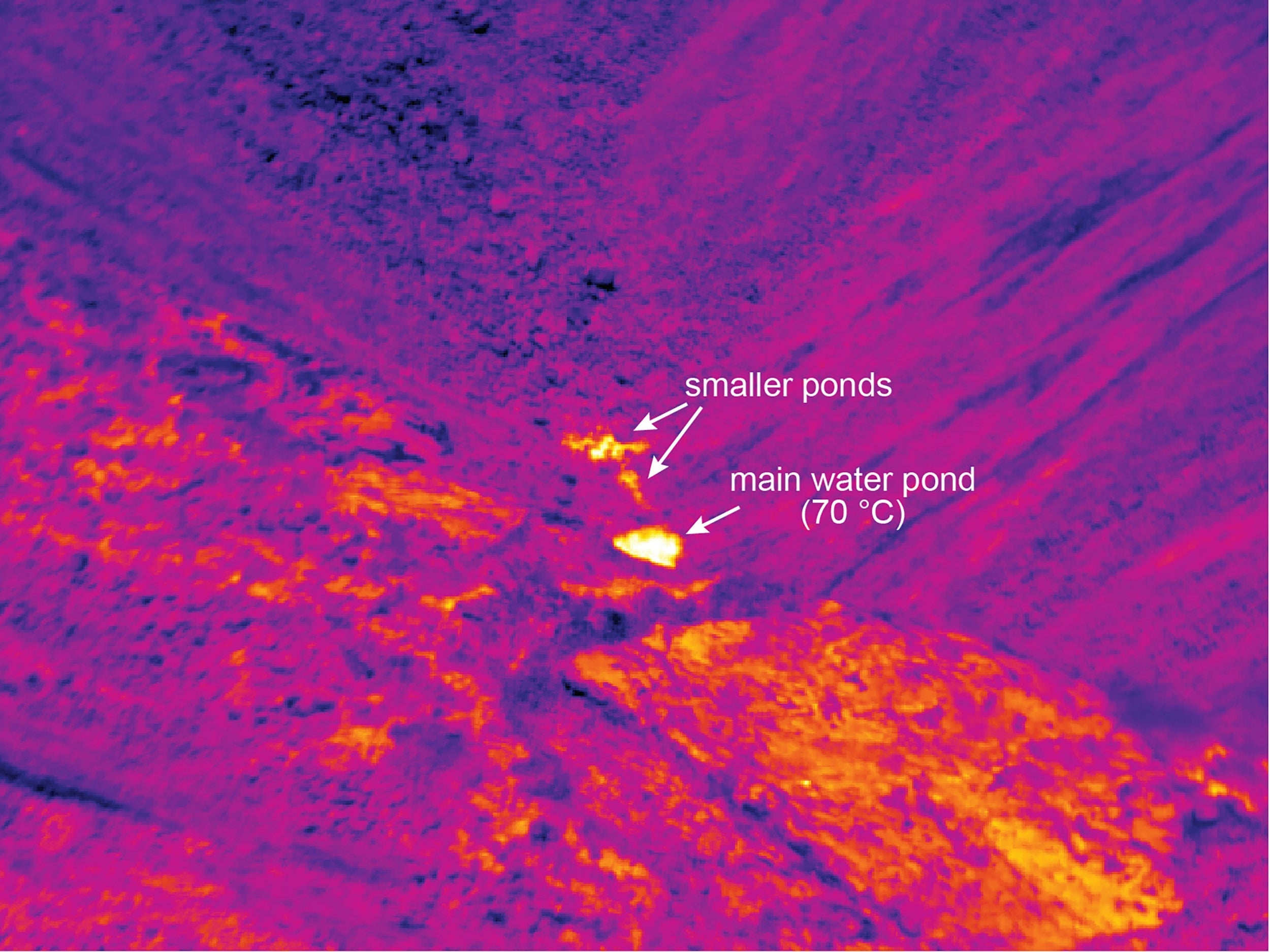
Where lava flowed, a crater lake may be forming
Last spring, Hawaii’s Kilauea volcano began its most destructive eruption in recorded history. As its underlying magma supply headed to the mountain’s lower east rift zone, a lava lake within the Halema’uma’u summit crater that had been there for 10 years began to rapidly drain. A week later, this pool of molten fury had vanished from sight.
Now, long after the last embers of that eruption faded, the lake is being replaced by water that is likely rising from below.
A single green pool was spotted at the base of the gargantuan crater in late July. As of now, there are three pools, each growing in size and likely to coalesce. Only time will tell, but it’s possible that we are witnessing the birth of a full-blown crater lake in a pit once ravaged by fire.
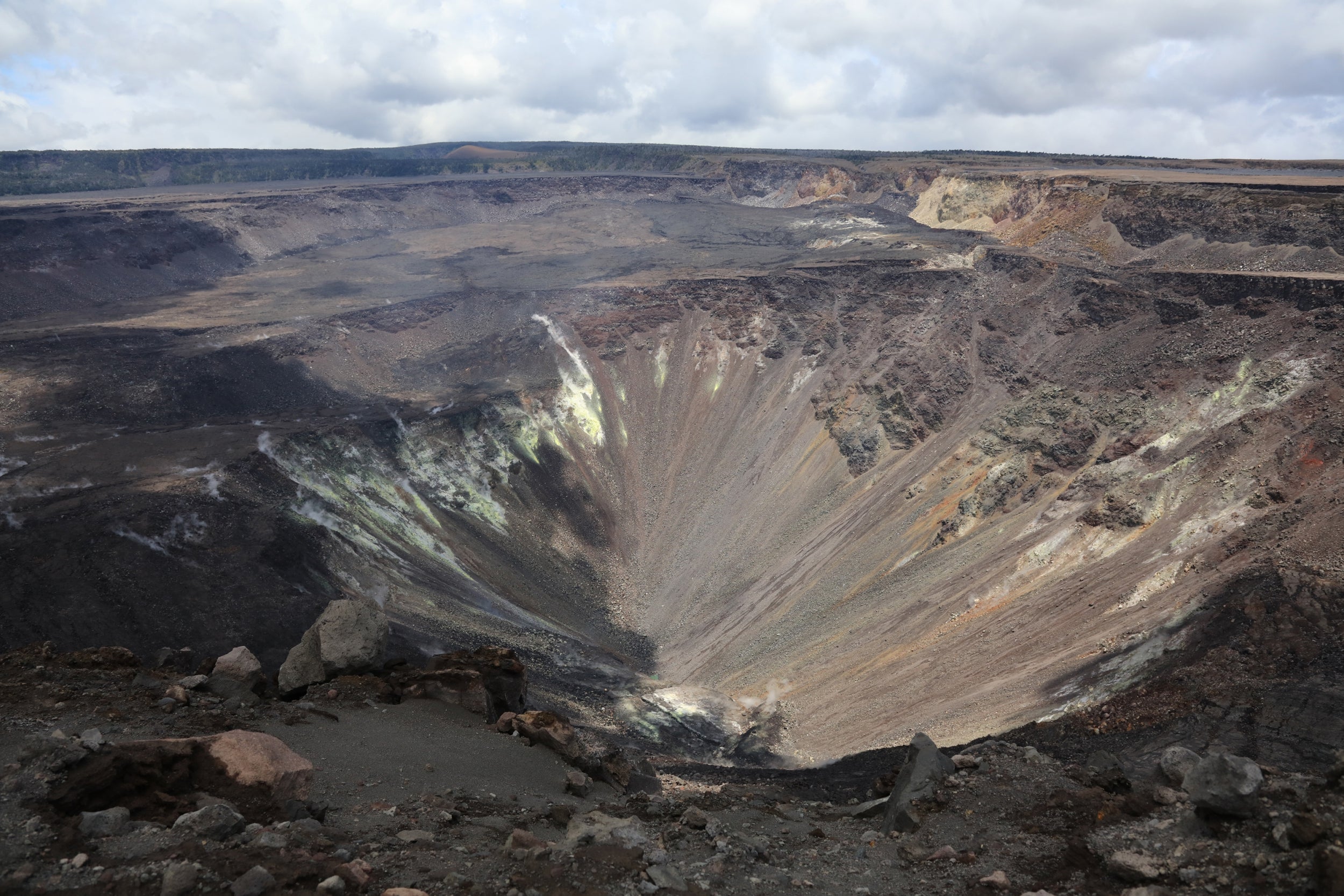
Some Hawaiian oral histories may suggest that water was present in Halema’uma’u around the year 1500, and again around 1650, says Don Swanson, scientist emeritus at the US Geological Survey’s Hawaiian Volcano Observatory. But written observations of the summit crater only go back to 1823, so this is the first time it can be definitively said to contain water in the last couple of centuries.
The water was first spotted towards the end of July. An August flyover by scientists at the observatory confirmed a pool.
Although the rocks there are now cool enough to permit liquid water to exist, they remain scorching hot. The water, acidified by escaping magmatic gas, is about 70C. It is flanked by several fumaroles, vents unleashing volcanic gas at temperatures as high as 200C.
It may seem intuitive that an empty crater is simply filling up with rainwater, but Swanson says that’s unlikely. “We’ve had a year with a lot of rain, and the pond only showed up recently,” he said.

If this giant polly wanted a cracker, it probably got one
New Zealand today is home to a number of physically impressive parrots. Kakapo, the heaviest psittacines alive, are too chubby to fly.
Once upon a time, though, there was a prehistoric Polly in New Zealand who had them all beat. This bruiser of a bird – whose discovery was announced in Biology Letters – was perhaps 3ft tall and about 7kg.
“To have a parrot that big is surprising,” said Trevor Worthy, a vertebrate palaeontologist at Flinders University in Adelaide, Australia, and the paper’s lead author. “This thing was way outside of expectations.”
The parrot’s bones were found near St Bathans on New Zealand’s South Island, where fossil deposits are filled with creatures from the early Miocene, a period that spanned from 19 million to 16 million years ago.
In the 20 years that palaeontologists have been working there, the site “has filled an enormous gap” in the fossil record of a country known for its biodiversity, said Suzanne Hand, a professor at the University of New South Wales in Sydney and another author on the paper. Researchers at the St Bathans site have uncovered early records of some of the island nation’s most iconic animals, including the kiwi. They have also found previously unknown ancient species, including a large burrowing bat.
While their press office nicknamed the latest discovery squawkzilla, the researchers gave it the scientific name Heracles inexpectatus: Heracles after the strongman of Greek mythology, and “inexpectatus” because discovering it caught them off guard.
The researchers think the parrot evolved this way because of a phenomenon known as autapomorphic giantism, in which a member of an otherwise moderately sized group becomes humongous by taking over an empty ecological niche.
© New York Times
Join our commenting forum
Join thought-provoking conversations, follow other Independent readers and see their replies
Comments